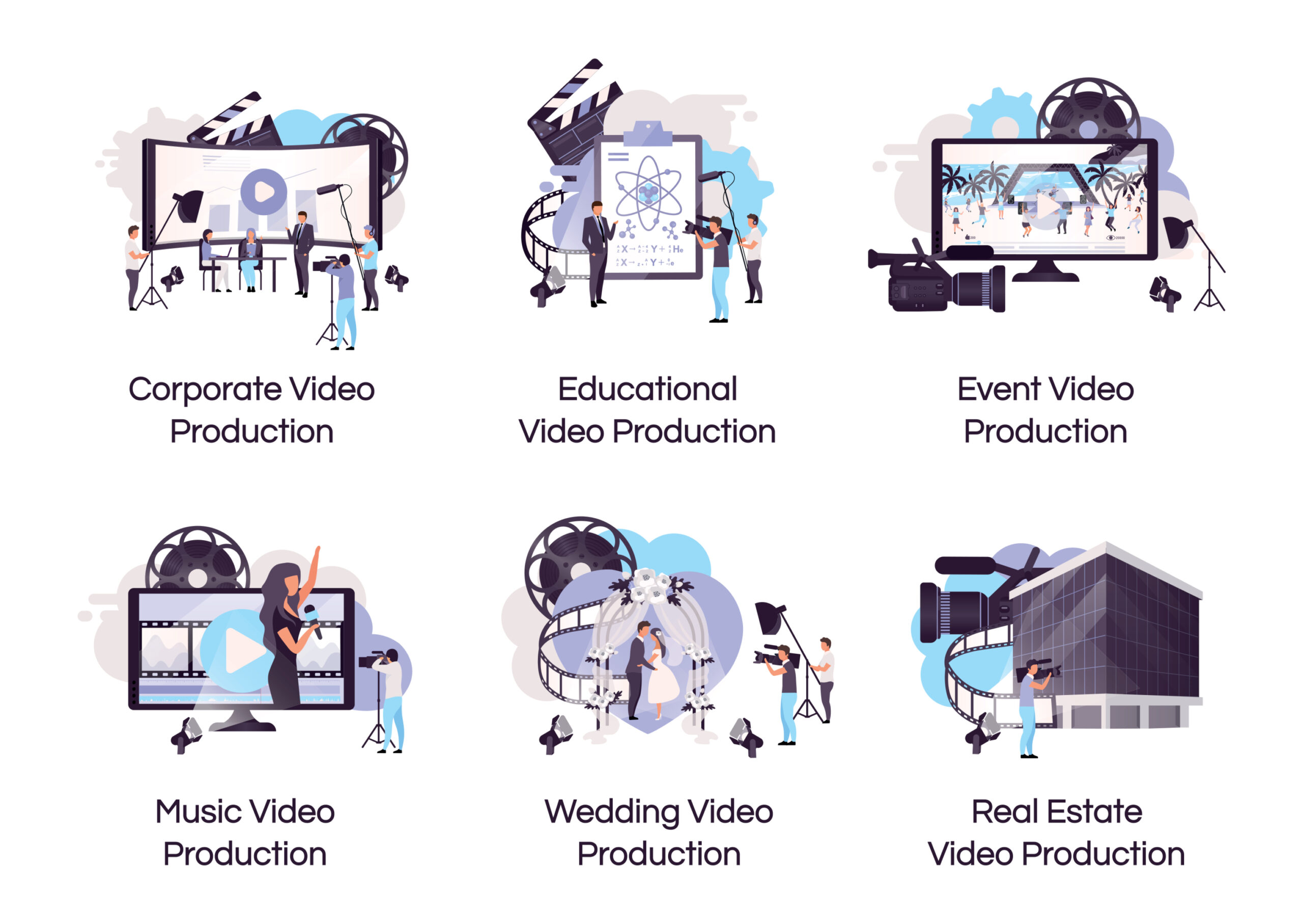
Image Source: Pexels Media production is a complex process, with a multitude of tasks and roles that need to be filled. From the initial concept to the finished product, there are many elements to consider and understand. Whether you’re a novice just starting out or a seasoned professional, this ultimate guide to media production will help you get to grips with the basics and equip you with the knowledge needed to create engaging content. We’ll look at the different stages of production, the roles and responsibilities of each production team member, and the different tools and techniques used to bring a project to life. So, if you’re ready to get started, let’s dive in and explore the world of media production!
Stages of Production The production process, as a whole, comprises five distinct stages: pre-production, production, post-production, distribution, and promotion. Let’s take a look at each stage to understand what happens during media production. Pre-production - Pre-production is the planning stage of production and the phase where the project is truly brought to life. In this stage, the team comes together to determine the objectives of the project, the target audience, key messaging, and the various resources needed to get the project off the ground. Production - The production phase is where a project is actually brought to life. This is where all the elements of pre-production come together and the project is recorded and/or produced. Post-production - A crucial stage of production, post-production refers to the editing, sound design, and visual effects that are applied to a project. In this stage, the audio and visuals of a project are brought together and polished to bring the best possible product to market. Distribution - Once a project is complete, it’s time to distribute and get it out there. Depending on the project, this could mean uploading content to your website or social media channels, or distributing it across other online platforms. Promotion - The last stage of production, promotion is all about raising awareness for your project and getting people to engage with your content. This can include anything from promotional events, paid advertising, PR, community driven efforts, or anything else that helps a project reach a wider audience and succeed. Production Roles and Responsibilities When it comes to the roles and responsibilities of production, the list is extensive. However, there are four key people who will be involved in all production projects: The producer, director, creative, and the client. Let’s take a look at the roles and responsibilities of each member of the production team. The Producer - The producer is the person responsible for bringing a project to life. As the driving force behind a project, the producer is responsible for managing expectations, securing resources, setting project goals, and ensuring that a project is commercially viable and meets the needs of its intended audience. The Director - The director acts as the creative lead on a project, responsible for directing or leading the creative process. As the creative lead, a director is responsible for directing the art and content of a project and bringing the creative vision to life. The Creative - As the name suggests, the creative is responsible for the creative direction of a project. They work closely with the director to create the content for a project, whether that’s a video, advertisements, photos, or other assets. The Client - The client is the person who will ultimately receive the product produced by the project. As the client, you are responsible for communicating your needs and wants to the producer and creative team to ensure that you receive the product you require. Tools and Techniques When it comes to tools and techniques, the options are endless. However, there are a few tried-and-tested tools that are common across various projects. Let’s take a look at some of the most common tools used in media production. Script - The script is the backbone of any video production. The script is the written dialogue that will be spoken by the talent on camera, and it’s essential that the script is clear, concise, and directed at the right audience. Storyboard - In addition to the script, a storyboard is also a common tool used in media production. A storyboard is a visual representation of how a video or project will be structured. It’s a great way of mapping out and visualizing a project before diving in headfirst. Estimates - In any production, it’s important to understand the scope of the project and what will be expected of you as a producer. With that in mind, it’s essential that you have accurate estimates for each task and stage of a project. Pre-Production The pre-production phase is the time to get your ducks in a row and make sure that you have everything in place before diving into production. In this phase, you will come up with a concept and plan for a project and determine the resources you need to get the project off the ground. There are many important tasks to complete in the pre-production stage of media production. Let’s take a look at some of the most important tasks. Concept - Before diving into production, you must first create a concept for a project. A concept helps you understand the purpose of a project and what you hope to deliver with it. Assumptions - Next, you must break down the assumptions and risks involved in a project. This will help you understand what is required to complete a project, and what may fall outside of your capabilities to deliver. Budget - A crucial element of pre-production is the budget. You will need to determine how much a project will cost to complete, so that you can manage expectations and ensure the project is commercially viable. Timeline - A timeline is a crucial tool used during pre-production that helps you manage and understand the project flow. It will show you how long each task will take, which tasks depend on other tasks, and how long the project will take to complete as a whole. Production The production phase is where a project comes to life. In this stage, you will record or produce the video or content for your project. There are many important tasks to complete during the production phase of media production. Let’s take a look at some of the most critical tasks. Cast - The first task in production is casting the talent to appear on camera. The talent is the face of the project, so it’s important to choose the right person for the job. Location - Next, you’ll need to find and book the location where you will film your project. It’s important to find a location that best suits the message of your project, so that you can create the best possible product. Equipment - Another important element of production is making sure you have the right equipment on set to record your project. It’s important to have decent audio and visuals, so that the project can come to life and be delivered to the highest standard possible. Budget - In any production, it’s important to keep track of your budget and stay within the constraints of your allocated funds. Post-Production The post-production phase is where you apply the finishing touches to your project and bring it to life. In this stage, you will edit the video for the optimum viewing experience and apply any necessary visual effects to enhance the viewing experience. There are many important tasks to complete during the post-production phase of media production. Let’s take a look at some of the most critical tasks. Editing - Editing is a crucial task in post-production. You must edit the video to the correct length and apply any necessary visual effects to enhance the viewing experience. Logo/watermark - Another important task in post-production is applying a logo or watermark to the project. This will help you protect the content and keep it private, while also providing branding. Marketing - Finally, once the project is complete, it’s time to market the project and get it out there. Post-production is where you will create a marketing plan for the project and start to drive traffic to the content. Conclusion Media Production is a complex process. You may find that hiring a Full Media House to see your Media Production project through will be more cost-effective than trying to build and deliver the processes in-house. Astoria Media Group is ready to walk you through your Media Production process. Give us a call today at 325-600-4396 or visit AstoriaMediaGroup.com.






